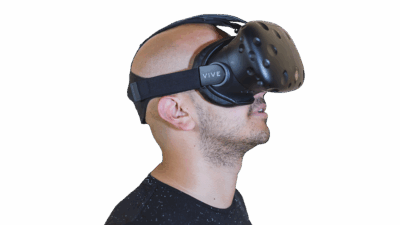Selecting the right operating system (OS) for your personal computer is a critical decision that can influence your computing experience significantly. With various options available, each offering unique features, compatibility, and user experiences, it’s essential to understand your specific needs before diving into the market. This guide aims to help you navigate the choices and find the OS that best suits your requirements.
Understanding Operating Systems
An operating system is the software that manages computer hardware and software, providing a stable environment for application programs to run. At its core, an OS serves as an intermediary between users and the computer hardware.
The primary functions of an operating system include:
- Resource Management: Managing CPU, memory, storage, and devices.
- File Management: Organizing, storing, and retrieving files on a disk.
- Task Management: Scheduling and executing tasks or processes.
- User Interface: Providing a way for users to interact with the computer through graphical (GUI) or command-line (CLI) interfaces.
Popular Operating Systems
1. Windows
Overview: Developed by Microsoft, Windows is arguably the most widely used OS globally, especially in business environments.
Pros:
- Software Compatibility: Supports a vast array of software, including popular applications like Microsoft Office and gaming titles.
- User-Friendly Interface: Offers a familiar interface for numerous users.
- Regular Updates: Receives consistent updates, including security patches.
Cons:
- Cost: Windows licenses can be pricey, especially for the latest versions.
- Frequent Updates: Some users find regular updates intrusive or disruptive.
2. macOS
Overview: Apple’s macOS is the operating system designed for its Mac computers.
Pros:
- Seamless Integration: Works well with Apple’s ecosystem of products and applications.
- Performance and Stability: Known for its efficiency and reliability.
- Quality Design: Often praised for its aesthetic appeal and user-friendly interface.
Cons:
- Hardware Dependency: Limited to Apple hardware, which can be more expensive compared to other options.
- Gaming Limitations: Fewer game titles available compared to Windows.
3. Linux
Overview: Linux is an open-source operating system that comes in various distributions (distros) like Ubuntu, Fedora, and Debian.
Pros:
- Cost-Effective: Most distributions are free to download and use.
- Customizability: Highly customizable to fit users’ needs and preferences.
- Security and Stability: Generally considered more secure and stable compared to other OS options.
Cons:
- Steeper Learning Curve: Requires more technical knowledge, especially for advanced customization.
- Software Compatibility: Some mainstream software may not be available or require workarounds to run.
4. Chrome OS
Overview: Google’s Chrome OS is designed for Chromebooks and heavily relies on web applications.
Pros:
- Simplicity: Minimalist interface that’s user-friendly and easy to navigate.
- Fast Boot Time: Quickly powers on and connects to the internet.
- Security: Built with multiple layers of security, making it less prone to viruses.
Cons:
- Limited Functionality: Best suited for those who primarily use web-based applications and may lack functionality for advanced software tasks.
- Offline Capabilities: Less efficient without an internet connection, although this is changing with ongoing updates.
Factors to Consider When Choosing an OS
-
Purpose:
- General Use: If your tasks include web browsing, document editing, and media consumption, Windows, macOS, or Chrome OS might be ideal.
- Gaming: Windows is generally the best option due to extensive game availability.
- Development: Linux is favored among developers for its powerful tools and customization.
-
Hardware Compatibility:
- Ensure your computer meets the requirements of the OS you’re considering. macOS only runs on Apple hardware, while Windows and Linux support a wider variety of systems.
-
Software Requirements:
- Evaluate the software tools you need for your work or hobbies to ensure they are available on the OS of your choice.
-
Budget:
- Factor in the cost of the operating system. While Linux is mostly free, Windows and macOS require different investment levels.
- User Experience:
- Consider your familiarity with an operating system. If you’re accustomed to Windows, switching to Linux can require a significant adjustment period.
Conclusion
Choosing the best operating system for your PC is a personal decision that should be based on your specific needs, preferences, and budget considerations. Take the time to evaluate the various options and assess their pros and cons in the context of your computing tasks. By doing so, you can ensure a satisfying and efficient experience, making the most out of your hardware and software resources. Whether it’s the familiar terrain of Windows, the sleek environment of macOS, the flexibility of Linux, or the simplicity of Chrome OS, the right operating system is out there, waiting for you to discover it.



